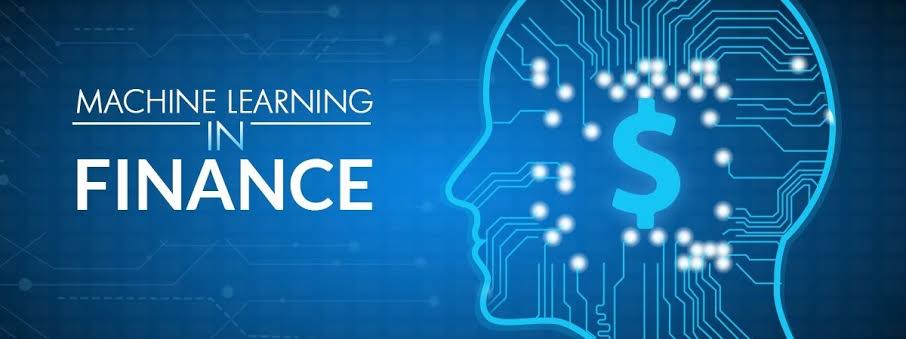In recent years, blockchain technology and cryptocurrencies have garnered widespread attention, revolutionizing the way we think about digital finance. These technologies offer exciting possibilities that are disrupting traditional financial systems and industries, and they continue to evolve rapidly. In this blog, we’ll explore the basics of blockchain and cryptocurrencies, their current applications, and how they’re shaping the future.
These technologies offer exciting possibilities that are disrupting traditional financial systems and industries, and they continue to evolve rapidly. In this blog, we’ll explore the basics of blockchain and cryptocurrencies, their current applications, and how they’re shaping the future.
What is Blockchain?
At its core, blockchain is a decentralized, distributed ledger technology that records transactions across multiple computers in a way that makes it nearly impossible to alter or hack. Each “block” of data contains information about transactions, and when one block is filled, it is linked to the previous one, creating a chain. This chain of blocks is accessible to all participants in the network, providing transparency and security.
Blockchain’s main strength lies in its ability to offer trust without the need for a central authority, making it particularly valuable in industries that require transparency, security, and decentralization.
How Do Cryptocurrencies Work?
Cryptocurrencies are digital currencies that use blockchain technology to secure transactions. The most popular cryptocurrency is Bitcoin, created by an anonymous person or group known as Satoshi Nakamoto in 2009. Unlike traditional currencies issued by central banks, cryptocurrencies are decentralized and are typically not governed by any single entity.
Transactions made with cryptocurrencies are verified and recorded on the blockchain, allowing users to transfer value securely and without the need for an intermediary like a bank. This offers lower transaction fees and quicker, borderless transfers.
Applications of Blockchain and Cryptocurrencies
1. Financial Sector: Cryptocurrencies like Bitcoin and Ethereum have disrupted the financial sector by providing a decentralized and more efficient alternative to traditional banking systems. Cryptocurrencies have also given rise to decentralized finance (DeFi), where users can borrow, lend, and trade digital assets without relying on traditional banks.
2. Supply Chain Management: Blockchain is increasingly being used to enhance transparency and traceability in supply chains. Companies can track products from source to destination, ensuring authenticity and reducing fraud.
3. Smart Contracts: On platforms like Ethereum, smart contracts are self-executing contracts with the terms of the agreement directly written into code. These contracts automatically execute when predefined conditions are met, eliminating the need for intermediaries and reducing the risk of human error.
4. NFTs (Non-Fungible Tokens): Another revolutionary application of blockchain is the rise of NFTs, which represent unique digital assets, such as art, music, or even virtual real estate. These assets are stored on a blockchain, ensuring authenticity and ownership.
5. Governments and Voting Systems: Blockchain’s immutability and security features have the potential to enhance government systems, particularly in voting. Blockchain can provide a tamper-proof, transparent, and efficient system for electronic voting, which could eliminate electoral fraud and increase voter participation.
The Future of Blockchain and Cryptocurrencies
The future of blockchain and cryptocurrencies is both promising and uncertain. Several countries are exploring central bank digital currencies (CBDCs), which are government-backed digital currencies designed to offer the benefits of cryptocurrencies while maintaining regulatory control. This could bridge the gap between traditional and digital currencies, potentially integrating the advantages of blockchain with the stability of fiat currencies.
Moreover, as more people and businesses embrace decentralized technologies, the growth of DeFi, NFTs, and other blockchain-based platforms is expected to accelerate. Scalability and sustainability will continue to be major areas of focus, with developers working on improving transaction speeds and reducing the environmental impact of blockchain networks, such as Bitcoin’s energy consumption.
Challenges and Risks
Despite the many advantages, blockchain and cryptocurrencies face significant challenges:
Regulation: The lack of clear regulations around cryptocurrencies poses a risk to investors and businesses. Governments worldwide are grappling with how to regulate the space, balancing innovation with consumer protection.
Security: While blockchain is inherently secure, cryptocurrency exchanges and wallets are still vulnerable to hacks. High-profile incidents like the Mt. Gox hack have raised concerns about the security of digital assets.
Volatility: Cryptocurrencies, especially Bitcoin, are known for their price volatility, making them a risky investment for those not well-versed in the market.
Conclusion:
Blockchain and cryptocurrencies are transforming the financial landscape, providing new opportunities for decentralization, transparency, and efficiency. While there are challenges to overcome, the potential benefits are undeniable, and as the technology matures, we are likely to see an increasing number of industries leveraging blockchain for everything from secure transactions to digital asset management.
As we look toward the future, staying informed about the developments in blockchain and cryptocurrencies will be essential for anyone involved in digital finance, technology, or innovation. The possibilities are endless, and the revolution is just beginning.










